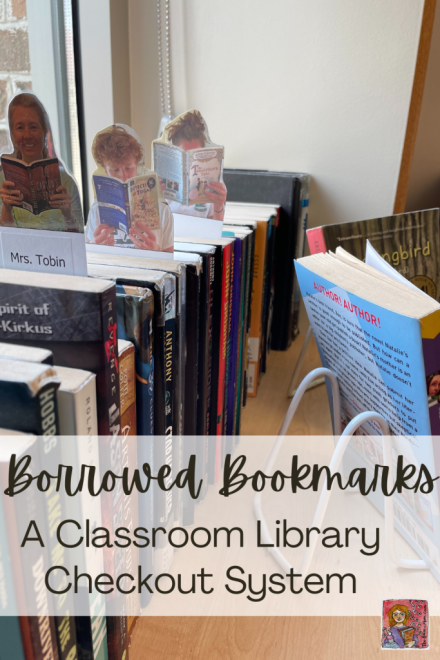We all want to receive a little love on Valentine’s Day! I know my students do. So, I always make some sort of easy Valentine from the teacher. For most teachers, mass producing a Valentine needs to be low cost, low prep, and fun. These “stuck with you” bubble gum Valentines were easy to make and a big hit with students. It’s the only time I encourage sharing gum in the classroom.
Even though I work with middle school students, they still get excited about exchanging Valentines. We supply a bag for each student and spend time Valentine’s Day morning filling bags. My teacher teammate and I make sure we have a Valentine from the teacher ready to drop in each person’s bag. I created THIS TEMPLATE with the short message, printed the file on colorful cardstock, and added a piece of bubble gum.
Teacher Valentine Directions
- The template has 6 cards per page. Print the amount needed for your class on colorful cardstock and cut evenly using a paper cutter to separate into 6 squares.
- Sign your name(s) on each card leaving space for the piece of gum.
- Attach one piece of bubble gum to each card using double-sided tape. I like the Dubble Bubble single pieces of gum since they have a bright wrapper with some red and pink!
Middle School Class Valentine Tips
- Send a class list home to families one to two weeks ahead of Valentine’s Day.
- Set expectations for the Valentines. If students choose to participate (and it is optional), we ask students to bring a Valentine for each person in the class. The treat or card should be of a “like kind”. Students should not bring a few cards for close friends only.
- Supply a bag, if possible. To begin with, we usually don’t have any spare class time to decorate bags or boxes. Secondly, this evens the playing field. Every bag will look similar, and everyone will have one. If time allows, let students decorate the front of the bag with markers, colored pencils, or simple materials. We usually supply plain gift bags LIKE THESE.
- Give a few minutes at the beginning of the day to distribute Valentines. And, if it is doable, give a few minutes at the end of the day to look through the bags. We hold the bags in the room during the day, so nothing gets lost or picked up by someone else. In addition, it reduces the amount of candy people are eating throughout the day.
This could also be a day where you reach out to your room parents and ask for help with a festive snack. While teachers never like losing instructional time, I do think fun celebrations from time to time help build moral in the class and community. If you are looking for more Valentine ideas for teachers or kids, a few years ago, we made these ERASER CANDY VALENTINES. I really likes these mini M&M HEART MEDICINE Valentines too!













